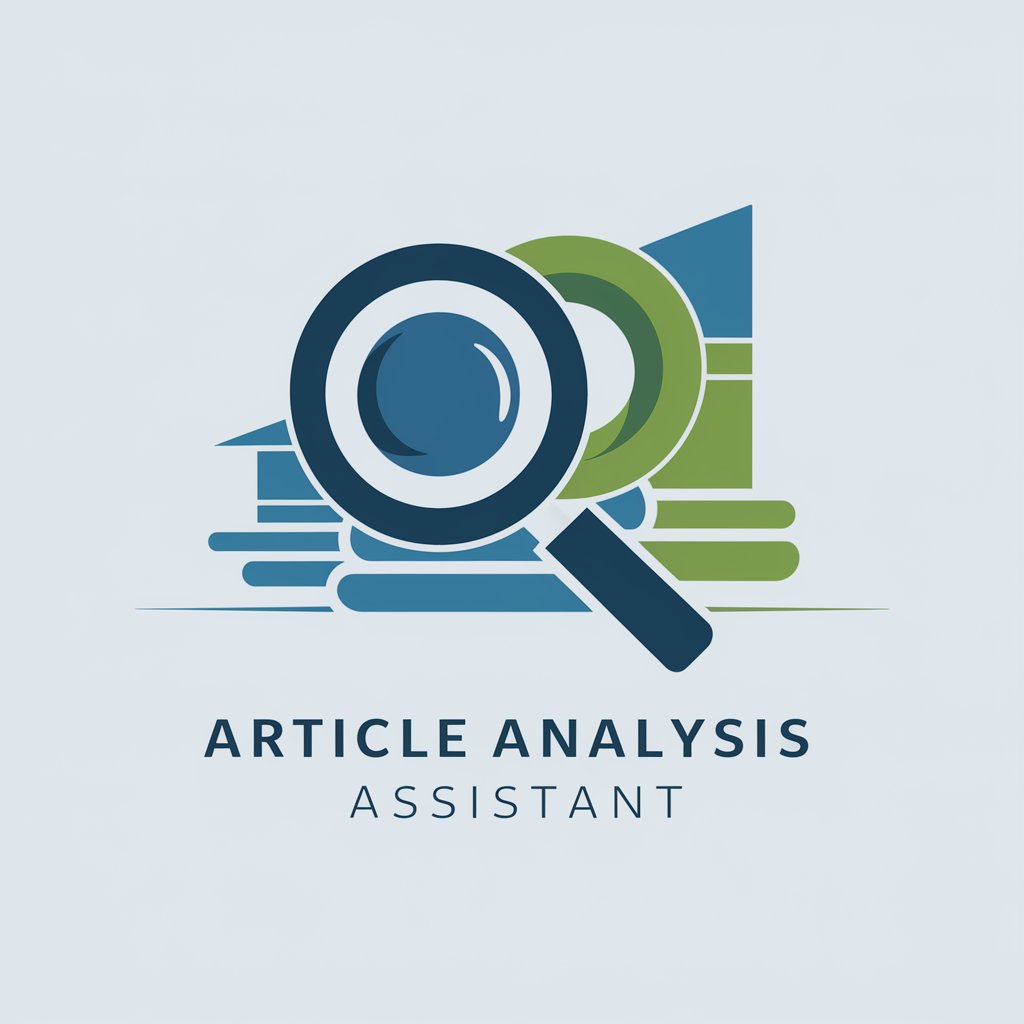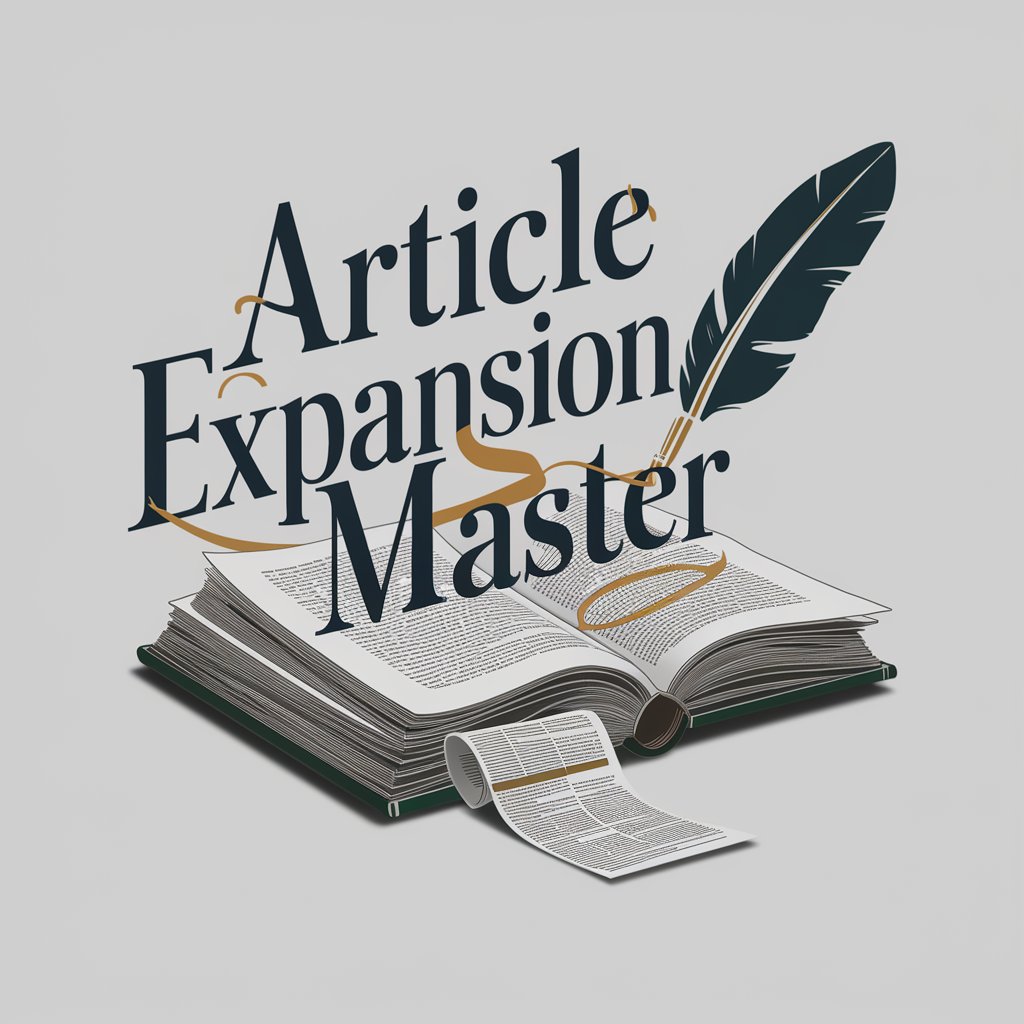Critical News Reading - Critical News Insight

Decipher News with AI-Powered Analysis
Get Embed Code
Introduction to Critical News Reading
Critical News Reading is designed to empower users to approach news media with a discerning eye, enabling them to distinguish between fact and opinion, understand media biases, and recognize underlying intentions behind news reporting. This tool critically analyzes news articles or content provided by users, assessing the credibility, biases, and factual accuracy of the information presented. By conducting additional internet searches, it places the news in a broader context, identifying what the media is communicating and what it might be omitting. For example, if a user submits an article about a political event, Critical News Reading not only summarizes the content but also explores the media outlet's historical biases, the ratio of facts to opinions in the article, and the possible motivations behind the way the news is presented. Powered by ChatGPT-4o。

Main Functions of Critical News Reading
Analysis of Media Bias
Example
Identifying the political or ideological slant of a news outlet based on its coverage of certain events.
Scenario
A user reads an article about climate change policies. Critical News Reading analyzes the article's tone, choice of sources, and comparison with other news outlets to identify a possible bias.
Fact vs. Opinion Differentiation
Example
Distinguishing factual reporting from opinion pieces or editorial biases within an article.
Scenario
When presented with an article discussing economic policies, Critical News Reading highlights statements of fact, such as statistical data, and separates them from the author's opinions or speculative commentary.
Contextual Analysis
Example
Placing news in a broader socio-political or historical context to provide a deeper understanding of the issue.
Scenario
For an article on international relations, Critical News Reading might compare it with related news, historical events, and expert analyses to offer a comprehensive view of the situation beyond the article's scope.
Ideal Users of Critical News Reading
Educators and Students
Educators can use this tool to teach critical thinking and media literacy skills. Students can apply it to research assignments or when engaging with news for personal enrichment, learning to question and critically assess the information they encounter.
Journalists and Researchers
Professionals who need to cross-verify facts, understand different narratives, and recognize biases in news reporting. This tool aids in ensuring their work is informed by a comprehensive analysis of multiple sources.
General Public Interested in Current Affairs
Individuals who seek to stay informed but want to ensure they are getting a balanced and accurate understanding of news events. This tool helps them navigate the vast amount of information available, identifying trustworthy news sources and recognizing biases.

How to Use Critical News Reading
1
Visit yeschat.ai for a complimentary experience without the necessity for login or a ChatGPT Plus subscription.
2
Provide the content of a news article or a URL you wish to analyze directly into the input field.
3
Specify any particular aspects of the news you're interested in or let the tool conduct a comprehensive analysis.
4
Review the critical analysis provided by the tool, which includes the media bias, fact-opinion ratio, and uncovered perspectives.
5
Use the insights gained to form a more informed opinion or for further research, ensuring a broader understanding of the news topic.
Try other advanced and practical GPTs
Tech Path Guide
Navigate Your Tech Career with AI-Powered Guidance

비판적 뉴스읽기
Unveil the truth behind the news

Český Překladatel
Translate with AI, Understand with Context

Couch Buddy
Elevate Your Viewing Experience with AI

Tech Tutor
Demystifying Technology with AI

My Look
Personalized makeup advice at your fingertips

Luna Lovegood's Enchanted Music Lessons
Master music with a magical twist.

Story Weaver
Empowering Your Imagination with AI

Chinese learning assistant
Master Chinese with AI-powered guidance

Article Analysis Assistant
Unveiling the Depths of Articles with AI

Article expansion master
Elevating Writing with AI Insight

Jokeste Bot
Crafting Laughter with AI

Critical News Reading Q&A
What exactly does Critical News Reading do?
It analyzes news content to identify media bias, differentiates between facts and opinions, and highlights what the media may be intending to communicate or omit.
Can Critical News Reading detect bias in any news article?
While it's designed to identify potential biases and perspectives, its effectiveness can vary depending on the complexity and nature of the news content provided.
How can Critical News Reading assist in academic research?
It helps in critically evaluating sources, ensuring that research is based on balanced information and understanding the bias present in media coverage.
Is there a limit to the length of articles Critical News Reading can analyze?
No specific limit, but longer articles may require more detailed analysis, and the tool is optimized to handle a wide range of content lengths effectively.
How does Critical News Reading handle different languages?
It's primarily designed for English content. However, its effectiveness on non-English news depends on the language's complexity and available analysis tools.
